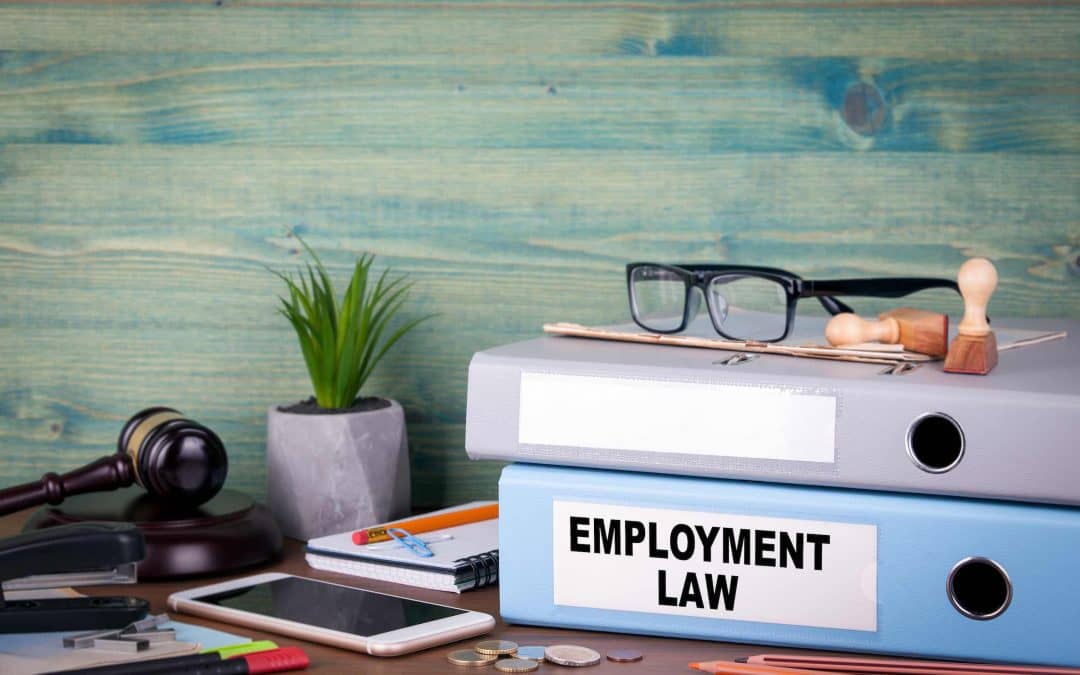Employers must protect their workers from discrimination and harassment. An employer will be legally liable for harassment at work if they have not taken reasonable steps to prevent it. The Equality and Human Rights Commission has published some technical guidance on sexual harassment and harassment at work.
The guide is quite long at 84 pages but is very readable. It takes the reader though the legal definitions of harassment in relation to a range of protected characteristics such as race, age and sex. The section on harassment (section 2) is particularly helpful at demonstrating what harassment can look like at work. The guide also covers victimisation, the legal claim an employee can bring if they are treated badly by an employer after raising allegations of discrimination or harassment. Victimisation can play a role in employees not reporting harassment. The guide contains helpful examples, some of which are based on real cases.
The most useful part of the guide for employers is section 5 which sets out how to prevent and respond to harassment as an employer. It takes a tour through the importance of policies and procedures, including helpful guidance on what a good policy should contain. It also contains guidance on detecting harassment, assessing risks relating to harassment in the individual workplace and responding to harassment allegations when they are made. Read the guidance here:
https://www.equalityhumanrights.com/sites/default/files/sexual_harassment_and_harassment_at_work.pdf
Find out how we can help. Our partner, Jon Dunkley, heads the Wollens specialist Employment Department. Contact him today for an informal chat, without obligation on 01271 342268 or via email at [email protected].



